Introduction
Not all platforms are created equal. For clinics considering AI for the first time—or looking to expand their current footprint—the question isn’t whether to use AI, but how to choose the right one.
This article breaks down what clinics, especially those in outpatient or specialty care, should prioritize when selecting an AI platform. It covers must-have capabilities, common red flags, and how to evaluate whether a platform will actually deliver ROI, reduce burden, and fit into your clinical workflows.
The Difference Between Tools and Platforms
The first thing to understand is the difference between an AI tool and an AI platform.
- Tools tend to be narrow in scope: a scheduling assistant, a documentation helper, a chatbot.
- Platforms are extensible, multi-functional systems that can adapt to different workflows across the clinic.
A platform can grow with your needs. A tool solves one problem—until your workflow changes and it no longer fits.
If you're investing in AI, look for a platform that can support multiple use cases over time—from fax routing to referral intake, prior auth, prescription refills, and beyond.
Core Capabilities to Demand
The best AI platforms for healthcare clinics share a few critical traits:
- EHR-Native Integration
Can it operate inside your existing systems (like Epic, Athena, NextGen)? Or does it require toggling to another interface? - Agentic Execution
Does it just suggest things—or does it actually complete tasks? For example, filing data, routing referrals, or submitting forms? - Clinical Context Understanding
Is it trained on healthcare data—like clinical notes, faxes, referrals—or is it a general-purpose model trying to approximate medical tasks? - Role-Based Deployment
Can you assign “agents” to specific tasks (e.g., chart prep agent, refill agent) that align with your clinic’s roles? - Compliance and Auditability
Is it HIPAA-compliant? Can you trace what the AI did and why?
Without these traits, the AI may save time at first—but cost more in errors, rework, or compliance gaps later.
Adaptability to Your Workflows
No two clinics are the same. Even two practices on the same EHR may route faxes differently or use different note templates. The AI platform you choose must support variation—not just automation.
Ask questions like:
- Can the AI learn our specific charting preferences?
- Will it adapt to how we route referrals or file device data?
- Can we modify workflows over time without a total system overhaul?
Look for platforms that support on-the-fly customization, edge case escalation, and fast agent retraining. Rigid systems will force you to conform to them, not the other way around.
Scalability and ROI Potential
AI isn’t just a one-time cost—it’s a long-term strategy. The right platform should offer clear, scalable value over time. Look for vendors who can:
- Provide data on time savings and cost reduction
- Support you across multiple departments
- Help train new agents as your needs evolve
Honey Health, for example, works with clinics that started with one agent (fax triage) and now run up to 15 across referrals, pre-charting, refill management, and prior auth. Each agent unlocks exponential returns, reducing headcount needs and creating bandwidth across the care team.
Training and Support
A good AI platform comes with a team behind it.
Ask:
- Will we have a dedicated account manager or success lead?
- Do you provide initial agent setup and customization?
- How do you handle edge cases or retraining?
Vendors should act like strategic partners—not just tech support. They should understand your specialty, payer landscape, staffing model, and local challenges. This kind of partnership is what separates short-term automation from long-term transformation.
What to Avoid: Common Pitfalls
Some red flags to avoid when selecting a platform:
- “One size fits all” platforms: AI that works great for retail or finance may fail in healthcare.
- Generic LLM wrappers: These often can’t execute tasks or understand clinical nuance.
- Dashboards-only approaches: If it lives outside the EHR, it creates friction for staff.
- Limited visibility: If you can’t trace what the AI is doing or why—it’s a liability.
- Over-promising vendors: If the pitch sounds too magical to be real, it probably is.
Choose vendors who understand the grind of clinical operations—not just the hype cycle of tech.
Conclusion: Fit Before Flash
The best AI platform for your clinic is the one that fits your workflows, your team, and your long-term goals.
It’s not about flashy demos or catchy marketing. It’s about finding a partner who helps you eliminate admin bottlenecks, empower your team, and scale care delivery without scaling burnout.
Start with one task. Measure the impact. Then grow.
The right platform will be the one that grows with you—because it was built for clinics like yours from day one.

